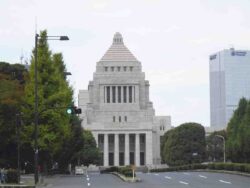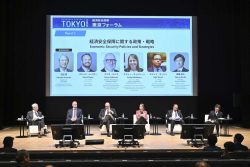Larger, Unconventional School Desks Support Proactive Learning in Japanese Schools; New Designs Help Students Use Tablets, Be More Active in Class
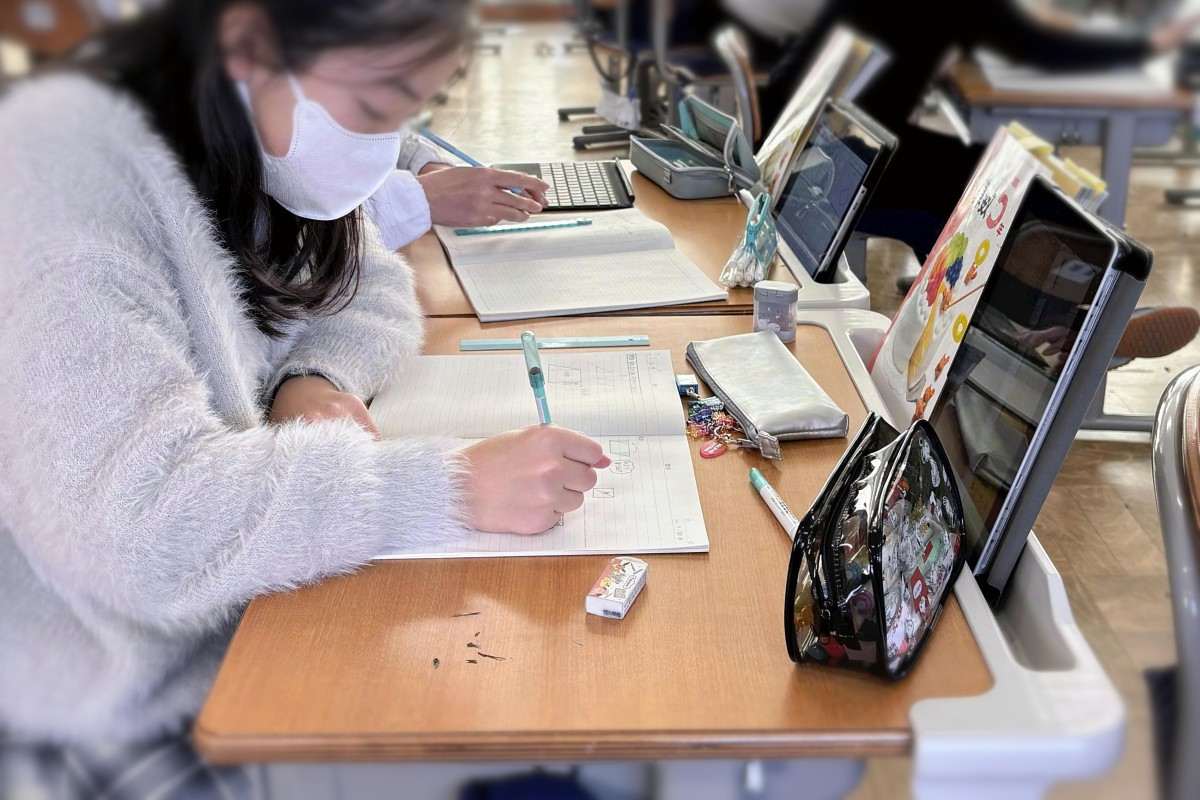
More spacious desktops, each with an attachable extension to hold a tablet and other materials are seen at a Saitama University-affiliated elementary school in Saitama.
6:00 JST, April 2, 2024
In response to a growing emphasis on proactive learning in the classroom, variations of school desks are starting to increase. More and more schools are using spacious desktops that accommodate learning materials such as tablets and laptops. In addition to larger tops, some desks have casters that make it easier to change the layout of the classroom while others can be used while standing.
Too small for tablets
A Saitama University-affiliated elementary school in Saitama enlarged the tops of its desks by 20% in April last year. The school also attached an expansion device to each desk to hold learning materials and other items.
Students complained that their desks were too small to use their tablets and ever-increasing learning materials, resulting in the change.
“I feel like the students can focus more on their classwork now that we have started using larger desks and they don’t have to worry about dropping their learning materials or stationary on the floor,” said Yasuhiro Sekiguchi, a teacher at the school.
Hiroshima Global Academy, which has junior and senior high schools, has put desks of various sizes and shapes in their classrooms. Two types of them stand out, including an atypical square desk with 60-centimeter sides and a long desk for two students that is 150 centimeters wide and 60 centimeters long. They are large enough to accommodate laptops and learning materials.
There are no regulations on the dimensions of school desks, according to sources including the National Institute for Educational Policy Research’s Educational Facilities Research Center. Until the 1990s, school desks were typically 60 centimeters wide and 40 centimeters long, regardless of whether they were used in elementary, junior, or senior high schools.
Larger desks such as ones that are 65 centimeters wide and 45 centimeters long have been produced after the Japanese Industrial Standards (JIS) were revised. The Educational Center’s 2020 survey found that 52% of 400 surveyed schools used larger desks that meet the new JIS.
Several attachable extensions that increase the amount of space for desks have been made in recent years.
‘An indispensable tool’
Focusing on better functionality, schools are increasingly starting to use unconventional desks.
At Kyoto municipal Kaiken High School, all classroom desks have casters. The senior high school opened in April last year and focuses on small and large-group learning. With the casters, quickly arranging the desks depending on the type of class activities is easy.
“We can encourage active learning in students thanks to the movable desks,” said Kazuo Nakamura, the vice principal. “It has become an indispensable tool.
Masuda Higashi High School, a private school in Masuda, Shimane Prefecture, began using standing desks in October last year in its special prep course for university entrance examinations.
Standing desks are becoming popular, particularly in Europe and the United States, according to Yoshiaki Sato, a teacher at the school. He added that possible benefits of the desks include an improvement in concentration.
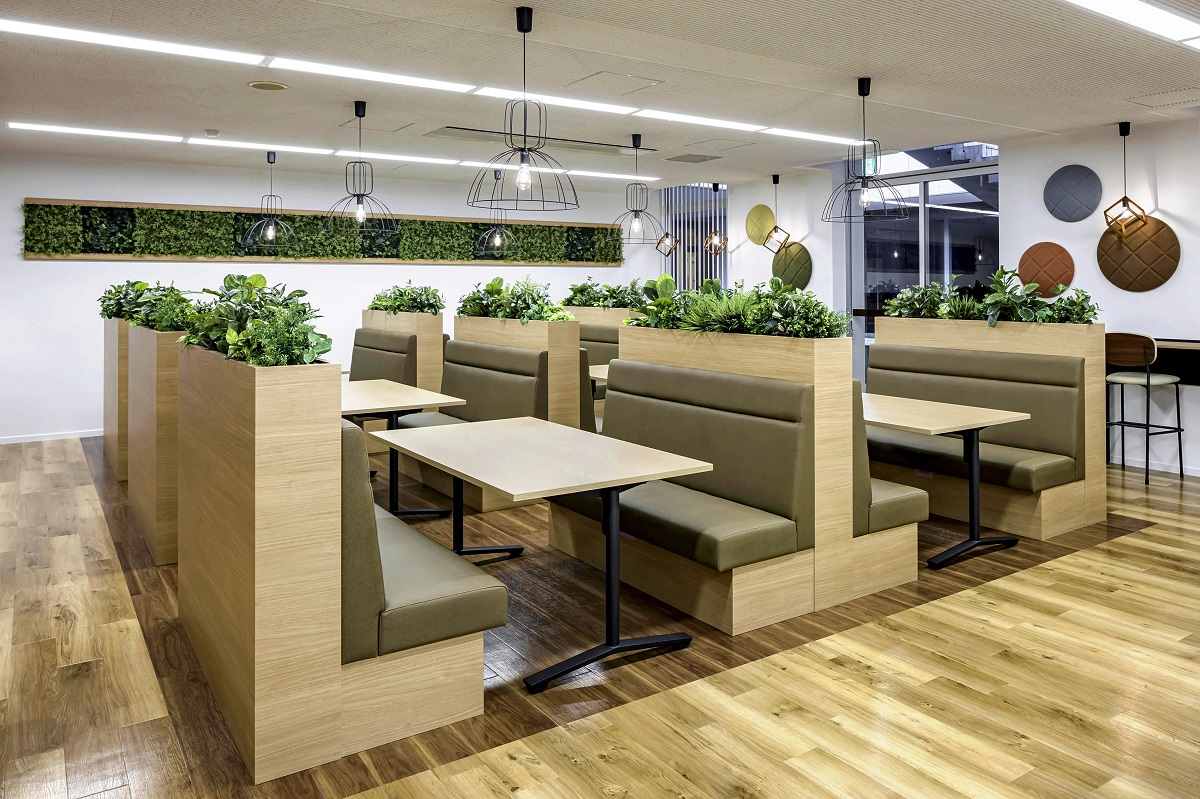
Standing desks at Masuda Higashi High School in Masuda, Shimane Prefecture, improve students’ concentration.
Although the desk’s height can be lowered so that students can sit at it, more students stand when using the desk. Students have become noticeably more active in speaking up in class, Sato says.
Friends Girls Junior & Senior High School, a private school in Minato Ward, Tokyo, renovated its self-study room into a cafe-style layout in August last year. Various types of desks and chairs were installed according to the students’ wishes. One of the most distinctive features is its sofa seating, like booths in restaurants.
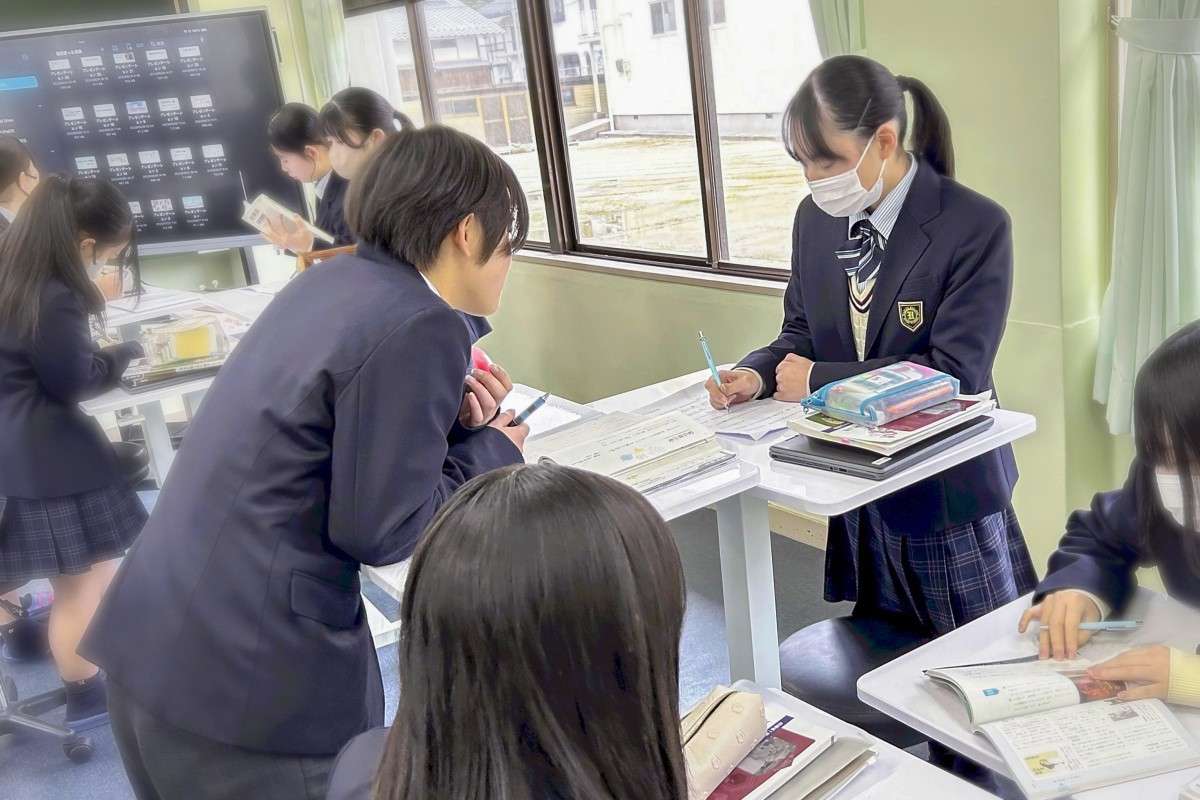
A self-study room with seating like restaurant booths
“It is easy to create a sense of unity in the room,” said Naoto Aoki, 61, the school’s principal. “Students use the room to help each other with their studies and exchange ideas.”
Satoru Nagasawa, director of the Institute of Educational Environment in Tokyo who is knowledgeable about school facilities, said: “Students discuss and make presentations more often these days, and the conventional layout of classrooms has changed. But there are still differences between schools, such as private and public ones, about adding these changes.
“The shapes and sizes of desks directly affect how conducive learning can be, so I want local governments and other related organizations to have more in-depth discussions on school furniture such as desks and chairs, just as they do about classes and learning materials.”
"Society" POPULAR ARTICLE
-

M4.9 Earthquake Hits Tokyo, Neighboring Prefectures
-

M7.5 Earthquake Hits Northern Japan; Tsunami Waves Observed in Hokkaido, Aomori and Iwate Prefectures
-

Tsukiji Market Urges Tourists to Avoid Visiting in Year-End
-

Beloved Cat Stationmaster Nitama in Wakayama Pref. Passes Away at 15
-
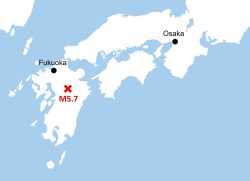
M5.7 Earthquake Hits Japan’s Kumamoto Pref., Measuring Upper 5 Intensity, No Tsunami Expected
JN ACCESS RANKING
-

Japan’s Hopes for Seafood Exports Shot Down in China Spat
-

Keidanren Chairman Yoshinobu Tsutsui Visits Kashiwazaki-Kariwa Nuclear Power Plant; Inspects New Emergency Safety System
-

Japan to Charge Foreigners More for Residence Permits, Looking to Align with Western Countries
-

Japan Exports Rise in October as Slump in U.S. Sales Eases
-

Govt Aims to Expand NISA Program Lineup, Abolish Age Restriction






